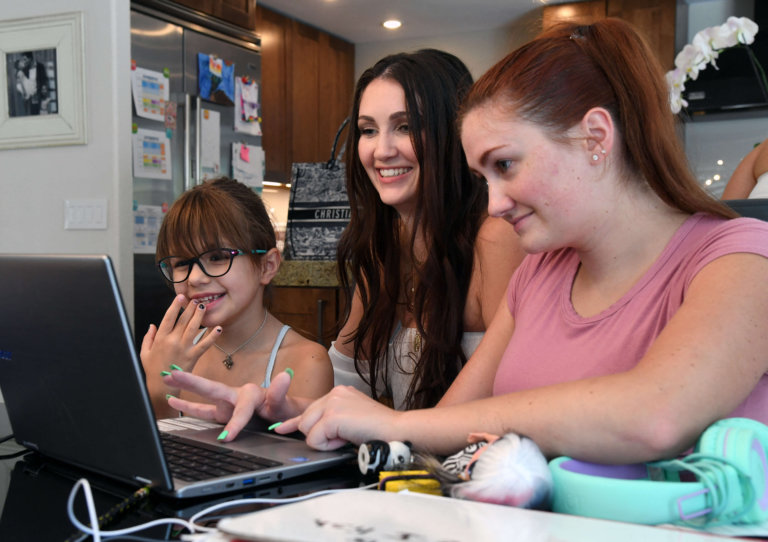
For many parents today, virtual tours are the only way to check out schools abroad. International schools have therefore built respectable offerings over the past year. Interested parents and children can join group or personal sessions to see the school grounds, check out its facilities and activities, as well as speak to faculty entirely online, on their laptop or phone.
“We believe that every child is unique and we try to personalise their pathway and experience in the school as much as possible, but it really is extended to the parents as well,” says Michael Harris, Head of Marketing and Communications at the International School of Ho Chi Minh City (ISHCMC). This school caters to expatriates from over 60 countries, many of whom are now unable to visit the school before enrolment. We spoke to Harris for some insight on how schools design and execute virtual tours for these parents and children — here’s what he had to say.
How do virtual tours work?
Virtual tours involve immersive, often interactive elements that provide 360-degree views of spaces in the school. It lets you and your child “see” the school while scouting from anywhere in the world. Most schools run simple virtual tours on their website, while others offer more complex packages via third-party virtual tour providers. They work better than pictures and videos by providing depth and perspective to your tour.

Besides viewing facilities, you can also get to know the staff and speak to student representatives. Source: Ethan Miller/Getty Images North America/AFP
Seeking to provide a more immersive, personalised experience, ISHCMC designed a platform that can curate a unique virtual tour experience for each parent. Parents initiate the engagement by filling out a webform, in which they indicate their child’s interests. The school then comes up with a tour that covers these elements, be it athletics, aquatics, arts, or the numerous other activities on offer.
“They decide what content we deliver to them. Parents are definitely taking value from actually understanding who we are as a school in more detail,” Harris says. Developing this platform required major design-thinking that considered not just user experience, but the consumer journey. It enables parents to explore the study spaces, explore the facilities, and get a sense of the school identity.
Making online engagement count
The marketing team draws valuable insight on interested parties by merging quantifiable data from the site to qualifiable data from admissions. For example, how much of a video a parent watched can indicate if they are ready to engage with the school. There’s also a Chatbot, which engages parents as they are watching videos, asking questions that prompt further discussions with the school.
Online engagement goes beyond virtual tours for most schools, including ISHMC. Alongside personalised virtual tours, the school runs an accompanying webinar series where parents get to meet admissions and academic teams, as well as a member of the student body. This keeps the human element alive in a time when they are unable to experience the campus for themselves.
In this way, parents stand to gain considerable value through online orientation programmes today. Virtual tours can help you shorten your list of potential schools without stepping foot into the country.










